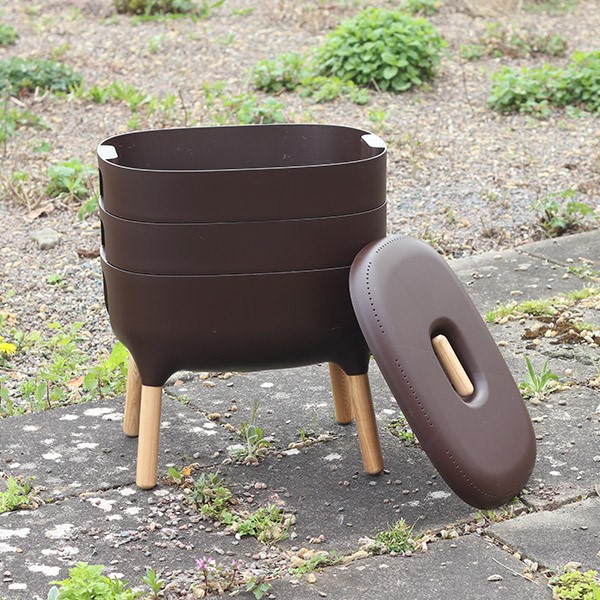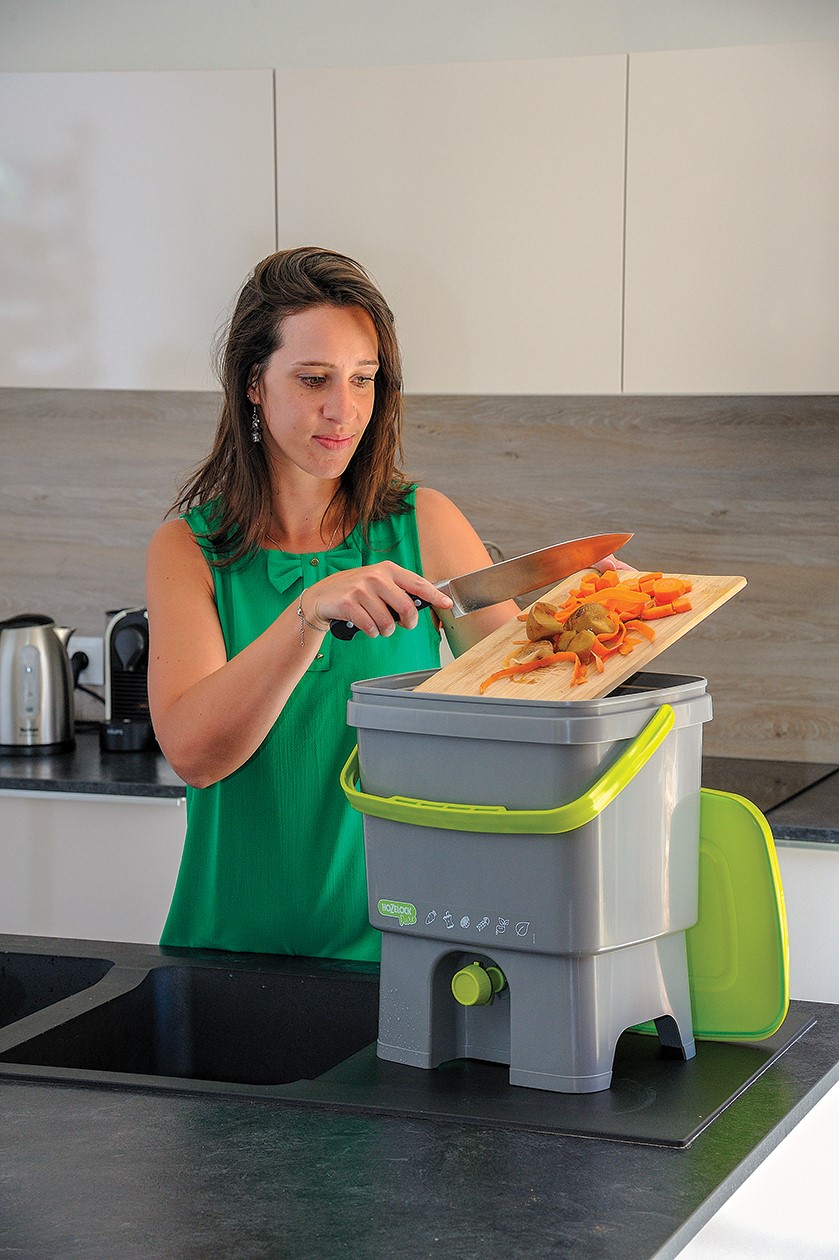
We all want to do our bit for reducing what we send to landfill and recycling as much as we can. Transforming our kitchen (and some garden) waste into a rich soil conditioner ticks so many boxes for eco warriors and natural gardeners, but it’s rare to find the right information so that you select the best method to not only suit your circumstances, but also to suit your waste and the quantities you produce. After years of evaluating and testing composters, my recommendation is that for small, regular amounts of kitchen, greenhouse or garden waste consider a Bokashi Bin or a wormery.
Composting considerations
But choosing the right compost system is a bit like choosing the right car. There are loads of variations so you need to go back to the beginning and ask a few questions.
1 Where do you live?
If you have a small garden, terrace, balcony or not very much garden then you need a compact composting system but just as important you need to consider how you are going to utilise the composted waste. It’s a nutrient rich soil conditioner that needs to be incorporated into the soil somehow, so if you live in a flat, you need someone to take it on for you or you need to be able to use it in your pots and containers or take it off site to an allotment or relatives garden. If you have a larger garden space then the choice comes down to the amount of waste you produce and the frequency.
2 How much waste do you make?
If you create regular small amounts of kitchen waste (like vegetable peelings) but not that much garden waste then a self contained wormery or Bokashi bin is a good choice. These types of compositing systems are a bit like having a fish tank, they need feeding little and often to keep them functioning. Both systems could be used in a small garden and maybe on a balcony if you have somewhere to use the waste. The wormery is possibly the better choice because you can use the liquid leachate, also known as worm tea or compost tea to feed your containerised plants (dilute it with ten parts water to one part leachate). But it’s the rich black nutrient rich worm poo or ‘Black Gold’ that is the fantastic by-product and can be added to container grown plants as a top dressing and probably bartered for all sorts of goodies with gardening friends it is such a fantastic ingredient. I use mine to feed the runner beans and add unimaginable loads of beneficial microbes to my soil. Wiggly Wigglers specialises in worm bins and has a new, funky on-trend wormery called Urbalive (https://www.wigglywigglers.co.uk/wormeries.html) that can actually be used indoors or out.

The Bokashi bin has an extremely useful advantage over most compost systems because you can add cooked food without the fear of it smelling horrid, attracting rodents or worrying about flies. You can even add meat and bones. Each time you ‘feed’ the bin, you add a handful of Bokashi bran, which is saturated with microbes and molasses, and together with the mix inside your Bokashi bin it sort of ferments and preserves the contents. Once the bin is full, and it does settle while in use, you leave it 2-3 weeks to complete the cycle when the contents can be added to a wormery, a compost bin or dug into the garden. Hozelock has launched a Bokashi bin this season (www.hozelock.com).
If you make lots of garden waste, especially lawn clippings, autumn leaves and shredded prunings then you need a larger system. A compost bin like the Hot Bin is ideal if you have binges in your garden generating a lot of waste at once. The HotBin needs to be full and the mixture properly balanced to achieve a fast, hot composting process.


